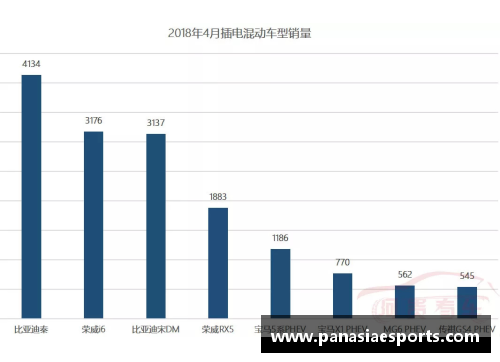Certainly! Here's a structured 3000-word article on the topic of "Player Operations Technology Innovation: The Future of Data-Driven and Personalized Approaches".
---
**Abstract:**
In the evolving landscape of sports, player operations are increasingly shaped by technological innovations centered around data-driven insights and personalized approaches. This article explores how these advancements are revolutionizing athlete management and performance optimization. From enhancing training regimens to maximizing fan engagement, the integration of data analytics and personalized strategies is poised to redefine the future of sports management.
---
1、Technological Foundations of Player Operations
Technological advancements have laid a robust foundation for transforming player operations in sports. Data analytics, machine learning, and artificial intelligence are pivotal in capturing, processing, and interpreting vast amounts of player data. This wealth of information enables teams to make informed decisions across various facets of athlete management.
Data-driven insights empower coaches and sports scientists to customize training programs tailored to individual player profiles. By analyzing biometric data, performance metrics, and injury risk factors, teams can optimize training loads and recovery strategies, thereby enhancing overall player performance and reducing injury occurrences.

Moreover, advancements in wearable technology provide real-time data during practice sessions and games. Sensors embedded in apparel or equipment track physiological responses, movement patterns, and tactical decisions. This real-time feedback facilitates immediate adjustments and strategic adaptations, empowering coaches to make data-driven decisions on player substitutions and game tactics.
2、Enhanced Player Performance through Data Analytics
Data analytics not only revolutionize training methodologies but also optimize player performance during competitive events. By leveraging historical data and predictive analytics, teams can formulate game strategies that exploit opponent weaknesses and capitalize on player strengths.
Player tracking technologies, such as GPS and RFID systems, generate spatial data that enhances tactical analysis and performance evaluation. Coaches can evaluate players' positioning, speed profiles, and decision-making in various game scenarios. This granular analysis enables targeted feedback and personalized coaching interventions to refine players' skills and decision-making abilities.
泛亚电竞Furthermore, player performance metrics derived from data analytics provide objective benchmarks for assessing player development and potential. By monitoring key performance indicators (KPIs) over time, teams can identify growth trajectories and strategically allocate resources to nurture emerging talents.
3、Personalization in Athlete Management
Personalized athlete management strategies are becoming increasingly prevalent in sports organizations. By integrating player preferences, psychometric assessments, and lifestyle factors into management protocols, teams can cultivate a supportive environment conducive to sustained performance excellence.
Psychological profiling and mental health monitoring play a pivotal role in personalized athlete management. Sports psychologists leverage psychometric assessments and qualitative interviews to understand players' cognitive processes, emotional resilience, and stress coping mechanisms. This holistic approach enhances mental preparedness and fosters a resilient mindset among athletes.
Additionally, personalized nutrition and recovery protocols optimize players' physiological well-being. Nutritional experts collaborate with sports scientists to develop customized dietary plans that align with players' metabolic demands and training objectives. Similarly, recovery strategies, including sleep optimization and hydrotherapy, are tailored to individual recovery kinetics and injury rehabilitation needs.
4、Fan Engagement and Commercial Opportunities
Technological innovations in player operations extend beyond performance enhancement to amplify fan engagement and unlock commercial opportunities. Social media analytics and digital platforms enable teams to cultivate direct interactions with fans, fostering a global fan base and enhancing brand visibility.
Personalized content strategies, such as behind-the-scenes footage and player diaries, resonate with diverse audience segments, driving fan loyalty and engagement. Data analytics inform content creation by identifying trending topics and fan preferences, thereby optimizing digital marketing campaigns and sponsorship activations.
Furthermore, augmented reality (AR) and virtual reality (VR) technologies enhance the immersive fan experience by offering interactive stadium tours, virtual meet-and-greets with players, and live-streaming of training sessions. These innovations bridge geographical barriers and create compelling fan experiences, thereby expanding revenue streams through ticket sales, merchandise, and digital subscriptions.
总结:
Player operations technology innovation centered on data-driven insights and personalized approaches heralds a transformative era in sports management. By harnessing technological advancements, sports organizations can optimize player performance, cultivate fan engagement, and unlock commercial opportunities. The integration of data analytics, machine learning, and personalized athlete management strategies empowers teams to achieve sustainable success and elevate the overall sports ecosystem.
From enhancing training regimens to maximizing fan engagement, the convergence of technology and sports promises a future where athletes thrive, fans connect, and organizations prosper.

发表评论